Van Phuc silk village kicks off handicraft festival
Thứ Sáu, 09/11/2018, 09:58
PSNews - The Van Phuc Culture - Tourism - Trading Handicraft Village event kicked off on November 8 in Van Phuc ward, Ha Dong district, with the aim of promoting tourism as well as introducing domestic and foreign visitors many traditional silk products "made in Vietnam".
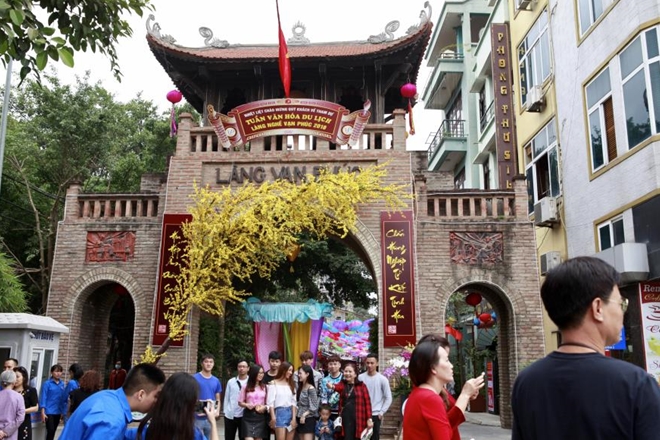 |
| During the 10-day festival, various activities celebrating the traditional silk weaving will be held until 11pm, such as worship ceremony, crafts market, art show and folk games. Food stalls will serve local cuisine while bonsai plants and flowers will be available at the site. |
 |
|
According to the organizing board, the festival aims to promote tourism as well as introduce domestic and foreign visitors many traditional silk products "made in Vietnam". |
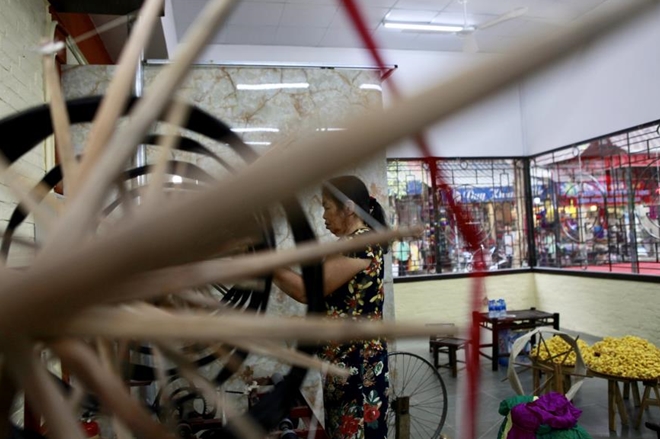 |
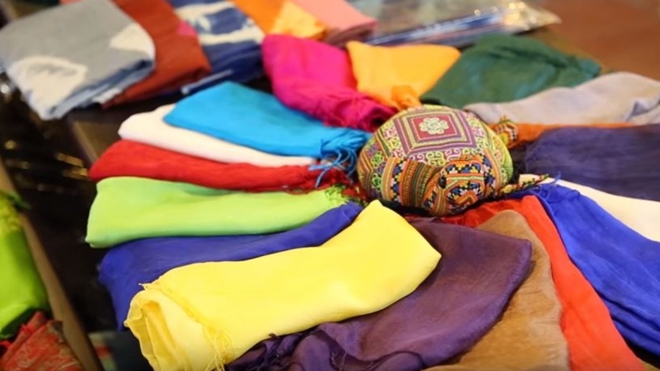 |
| Walking on the main road in Van Phuc, tourists will be lost in the world of silk with various products like shirts, ties, crafts, dresses… made of silk available in the village. |
 |
| Van Phuc silk has been known for its smooth, light weight, and elegant appearance. Particularly, a traditional kind of silk called Van Silk made in Van Phuc make the wearers feel cool in summer and warm in winter |
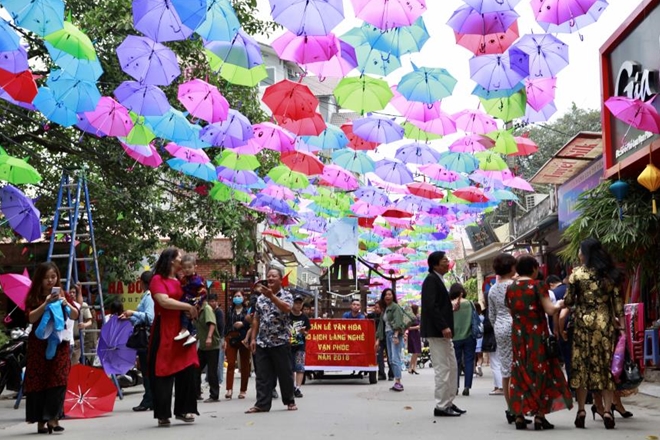 |
| From 1958 to 1988, Van Phuc silk mostly was exported to Eastern European market, and since 1990, it has been known widely in many countries all over the world. |
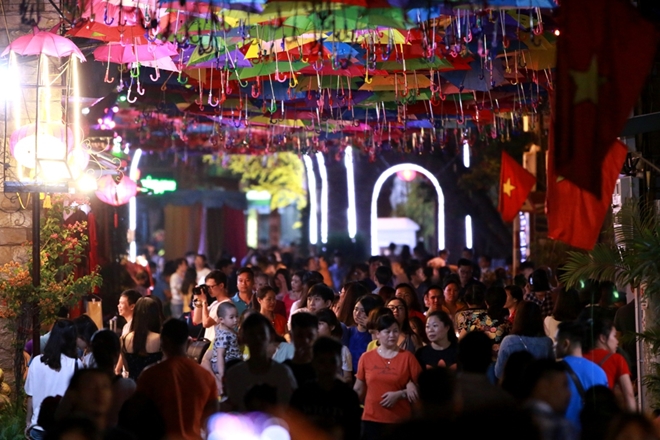 |
| Today, to satisfy various demand for silk of the market, Van Phuc silk producers have expanded their silk and garment goods like embroidered silk, , wrinkled silk, double layers and more colors for silk products. |
 |
| Situated on the bank of Nhue River, about 10km southwest of Hanoi Old Quarter, Van Phuc silk village is renowned for its traditional weaving and premium quality silk products. At the age of more than 1,200 years, Van Phuc is proud to be the most ancient silk village which provides the best silk in Vietnam. |
 |
| In Nguyen dynasty time, Van Phuc silk was brought to Hue imperial citadel to make dress for royal members. Between 1931 and 1932, Van Phuc silk was on display in international exhibitions for the first time in Marseille, then Paris and was highly appreciated and preferred by the French |
By Linh Bui

